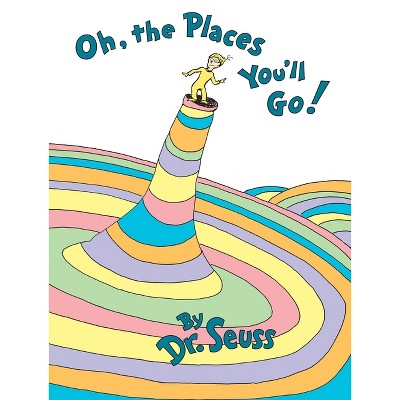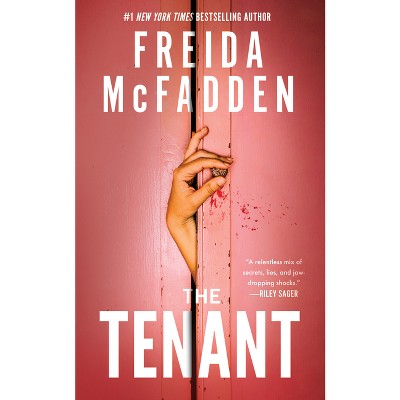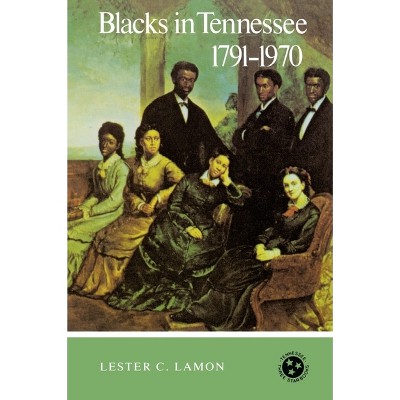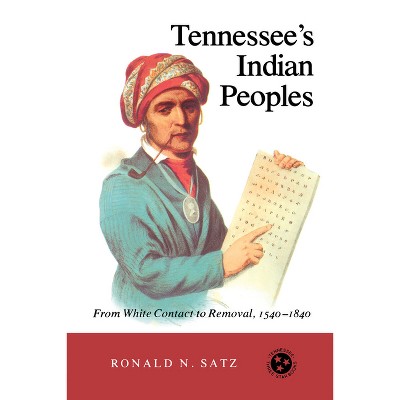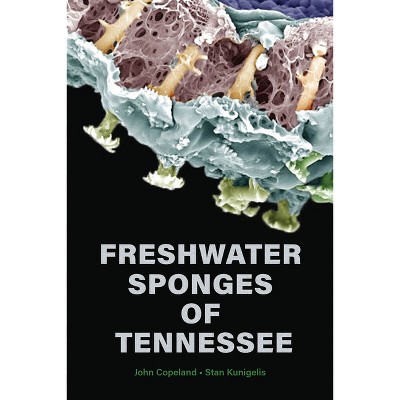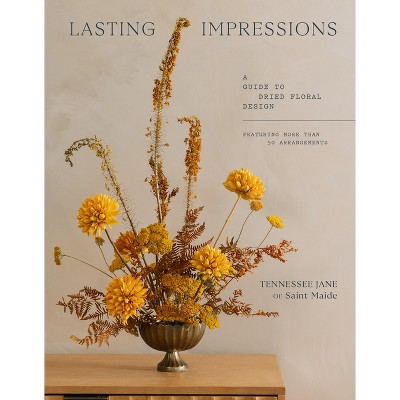About this item
Highlights
- Tennessee Williams' characters set the stage for their own dramas.
- About the Author: Laura Michiels is an English lecturer at Erasmus Brussels University of Applied Sciences and Arts in Belgium.
- 261 Pages
- Literary Criticism, Drama
Description
About the Book
"Tennessee Williams created characters who set the stage for their own dramas. Examples include Blanche DuBois from A Streetcar Named Desire, arriving at her sister's apartment with an entire trunk of costumes and props, and Amanda Wingfield from The Glass Menagerie, who directs her son on how to eat and tries to make her daughter act like a Southern Belle. This book argues for the persistence of one metatheatrical strategy running throughout Williams's entire oeuvre. It demonstrates that Williams's plays always stage the process through which they came into being and that this process consists of a variation on repetition combined with transformation. Each chapter revolves around a detailed, close reading of one play and analyzes its particular variation on repetition and transformation. Specific topics addressed include reproduction in Sweet Bird of Youth (1959), mediation in Something Cloudy, Something Clear (1981), and how the playwright frequently recycled previous works of art, including his own"--Book Synopsis
Tennessee Williams' characters set the stage for their own dramas. Blanche DuBois (A Streetcar Named Desire), arrived at her sister's apartment with an entire trunk of costumes and props. Amanda Wingfield (The Glass Menagerie) directed her son on how to eat and tries to make her daughter act like a Southern Belle.
This book argues for the persistence of one metatheatrical strategy running throughout Williams' entire oeuvre: each play stages the process through which it came into being--and this process consists of a variation on repetition combined with transformation. Each chapter takes a detailed reading of one play and its variation on repetition and transformation. Specific topics include reproduction in Sweet Bird of Youth (1959), mediation in Something Cloudy, Something Clear (1981), and how the playwright frequently recycled previous works of art, including his own.
Review Quotes
"This stimulating and provocative study fulfills the promise of its title--and more: there's a wealth of illuminating literary and cultural context. Laura Michiels makes an important contribution to more nuanced appreciation of Tennessee Williams's great plays."-Felicia Hardison Londré, Curators' Distinguished Professor Emerita of Theatre, University of Missouri-Kansas City
About the Author
Laura Michiels is an English lecturer at Erasmus Brussels University of Applied Sciences and Arts in Belgium. Articles and reviews by her have appeared in Arcadia: International Journal of Literary Culture, Amerikastudien, Journal of Contemporary Drama in English and Theatre Journal. Her research currently focuses on contemporary American political theatre.Shipping details
Return details
Trending Fiction

